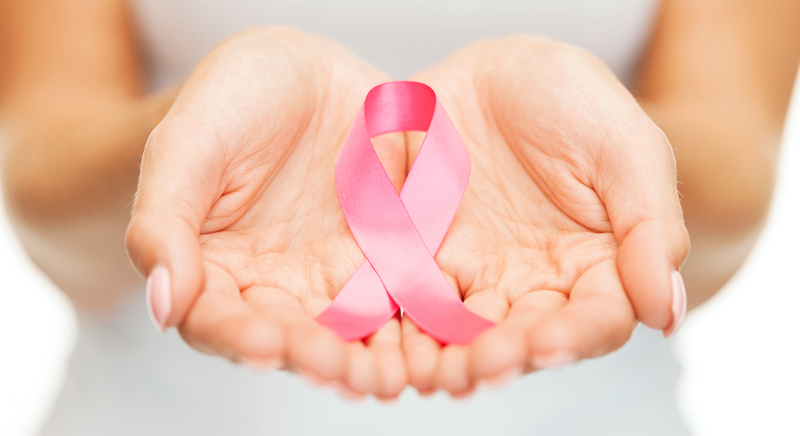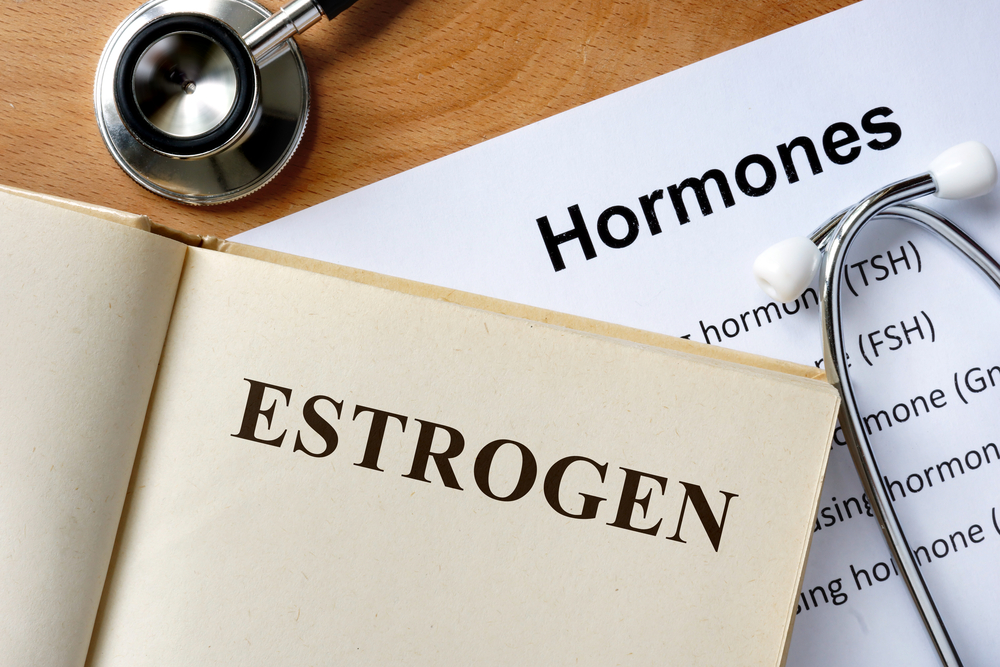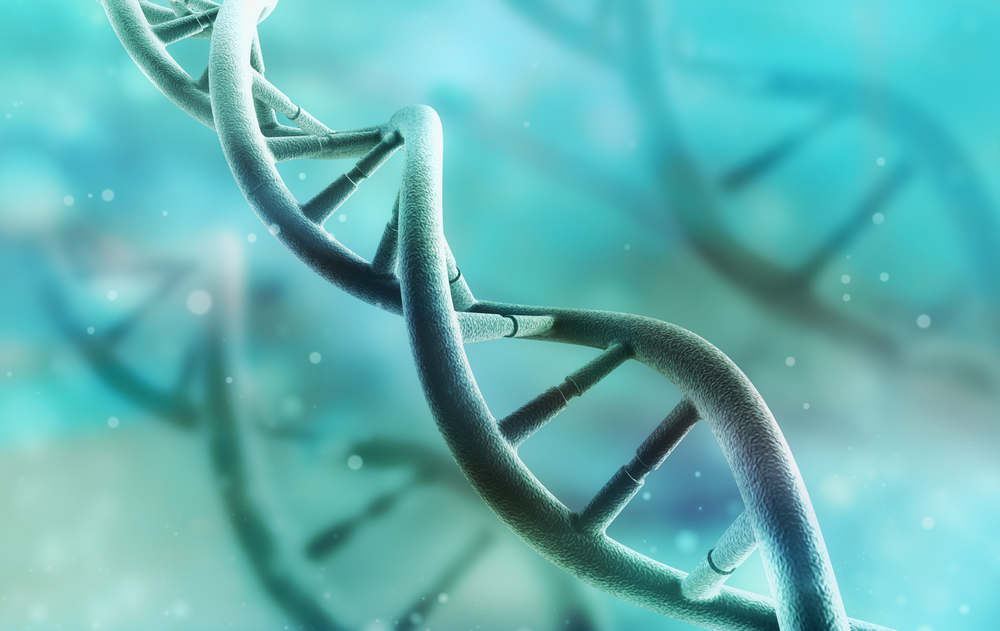Estrogen and Breast Cancer: A Love-Hate Relationship
 What do the dates 1896 and 1935 have to do with breast cancer? They mark critical moments in clarifying the complex relationship between estrogen and breast cancer. Breast cancer is the second leading cause of cancer mortality in the United States and Canada. Understanding its relationship to estrogen is critical for attributing cause and planning future therapies.
What do the dates 1896 and 1935 have to do with breast cancer? They mark critical moments in clarifying the complex relationship between estrogen and breast cancer. Breast cancer is the second leading cause of cancer mortality in the United States and Canada. Understanding its relationship to estrogen is critical for attributing cause and planning future therapies.
In 1896, it was observed that breast cancer regressed if women had both ovaries removed (surgical menopause) or progressed into natural menopause, even though estrogen had not yet been discovered as a hormone. In 1916, this relationship was demonstrated in the animal model, and in 1923 estrogen was identified and named.
Clinical studies reinforced the concept that length of estrogen exposure affected breast cancer risk. Risk factors include women with early onset menses or late menopause, women who do not have children or who have had children later in life, women who do not breastfeed, obese women, and those who abuse alcohol. The estrogen-induced biologic pathway leading to breast cancer has been shown to involve estrogen-related gene mutations and generation of reactive oxygen species.
At odds with this process is the fact that in The Women's Health Initiative (WHI) report of 2002, women with a hysterectomy who were only given conjugated estrogen (Premarin®) and not the combination of Premarin® and the synthetic progestin, medroxyprogesterone acetate, (as PremPro®), showed a reduction in breast cancer incidence and mortality compared to controls. It appears that under certain circumstances, estrogen protects against breast cancer. How could this be?
Haddo, a British microbiologist, first demonstrated in his laboratory that under certain circumstances some synthetic estrogens, one being diethylstilbestrol (DES), can retard growth of breast cancer cells and later confirmed this finding in a clinical trial. By the 1960s, DES in high doses was been used to treat breast cancer, producing a reduction in breast cancer cells in one-third of women. However, for breast cancer survivors at least five years into menopause and therefore deprived of estrogen for an extended period, estrogen’s action to kill breast cancer cells was more striking than that for younger women.
The science of breast cancer is changing continuously. Evidence is accruing that while breast cancer in most cases does involve a lifetime of estrogen exposure, if those breast cancer cells are deprived of estrogen for an extended period, they change, and estrogen then becomes a “lethal bullet.” This concept appears radical but in time may provide new approaches to the treatment of breast cancer.
By James Woods, M.D.
Dr. Woods treats patients for menopause at the Hess/Woods Gynecology Practice.
Disclaimer: The information included on this site is for general educational purposes only. It is not intended nor implied to be a substitute for or form of patient specific medical advice and cannot be used for clinical management of specific patients. Our responses to questions submitted are based solely on information provided by the submitting institution. No information has been obtained from any actual patient, and no physician-patient relationship is intended or implied by our response. This site is for general information purposes only. Practitioners seeking guidance regarding the management of any actual patient should consult with another practitioner willing and able to provide patient specific advice. Our response should also not be relied upon for legal defense, and does not imply any agreement on our part to act in a legal defense capacity.
James Woods | 4/1/2015




